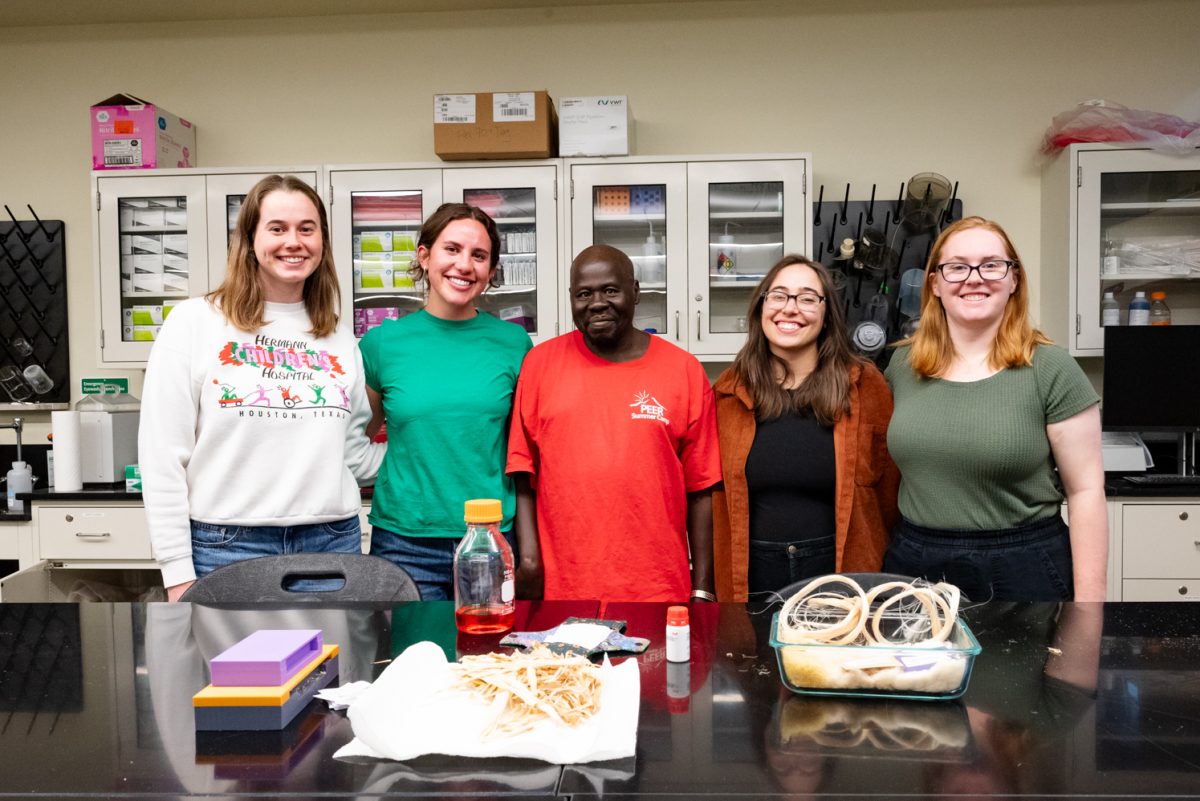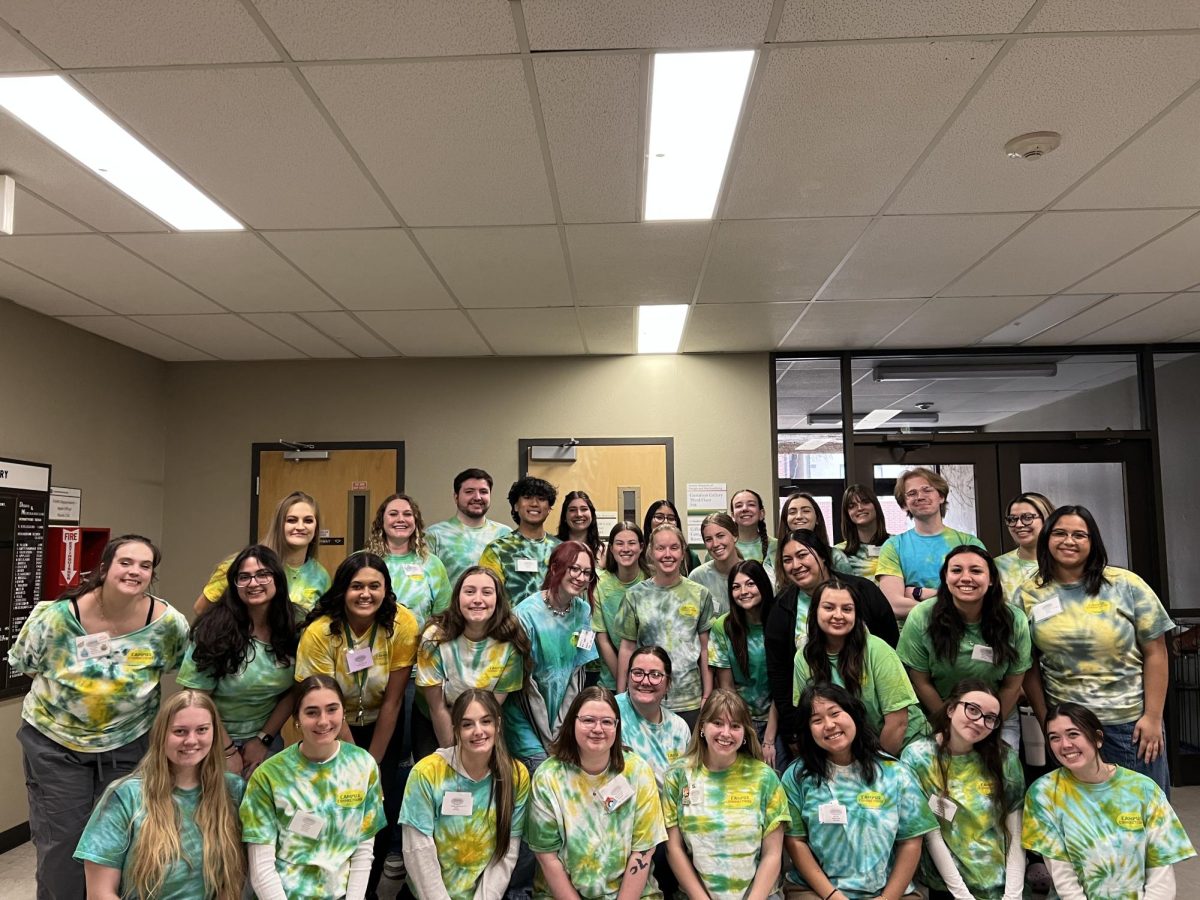In 2020, the COVID-19 pandemic swept across the world. It got to a point in the United States where there were over 150,000 hospitalizations and upward of 25,000 deaths in a single week, according to data released by the Centers for Disease Control and Prevention. The virus did not pick favorites. Anyone was — and still is — susceptible to the virus. But back in the 1970s and 1980s, there was a different epidemic sweeping across the U.S.
Much like with COVID, anyone is susceptible to this disease. In the same way the term “China virus” stigmatized an entire country, “gay disease” inflated discrimination against an entire population of queer men. Acquired immunodeficiency syndrome, more commonly known as AIDS, is a very deadly disease that prompted widespread misinformation about the LGBTQIA+ community, specifically gay men.
AIDS is the late stage of a disease caused by human immunodeficiency virus, commonly called HIV. If HIV is not treated, it can develop into AIDS. By 1994, HIV infection was the leading cause of death for American men aged 25-44 years. Although no cure exists, there are HIV medications that can reduce the viral load of HIV in a person’s bloodstream to an undetectable level if taken as prescribed. If a person keeps an undetectable viral load, they can live a long, healthy life and will not transmit HIV to a sexual partner who is HIV-negative.
“People think HIV is a death sentence,” said Nozipho Becker, a senior research analyst for the Colorado State University Office of Inclusive Excellence who has previously worked to improve HIV/AIDS treatment and prevention in marginalized communities. “That is not true.”
When the AIDS pandemic first began, it predominantly showed up in gay and bisexual men. This led to a tremendous number of misconceptions about AIDS, and it created a negative stigma around queer men. A lack of information surrounding this novel disease, a lack of general awareness and its prominence in the gay community only propelled these misconceptions.
“Misunderstanding around HIV … makes it harder for people with minoritized intersectional identities to access either HIV prevention services or treatment services,” -Nozipho Becker, CSU Office of Inclusive Excellence senior research analyst
First, one of the biggest misconceptions about the disease was that only people who were gay could contract it, and heterosexual individuals were not at risk; however, this is very far from the truth.
Because HIV/AIDS disproportionately affects gay and bisexual men, they have a higher exposure risk than those who are heterosexual. However, people who contracted the disease through heterosexual intercourse made up 22% of new HIV infections in the United States in 2021, according to hiv.gov. Women engaging in heterosexual intercourse and transgender people made up 16% and 2% of HIV diagnoses, respectively.
These statistics show that anyone is susceptible to HIV regardless of sexual orientation or gender. However, factors like homophobia and a lack of access to healthcare can prevent men who are gay or bisexual — specifically those who are Black or Hispanic — from receiving adequate treatment and HIV prevention services.
“The current systems and societal structures that we have (and) misunderstanding around HIV — all of that put together makes it harder for people with minoritized intersectional identities to access either HIV prevention services or treatment services,” Becker said.
While the LGBTQIA+ stigma grew, misinformation about HIV/AIDS continued to escalate. In 1983, the CDC announced that “casual contact” does not seem to be involved in acquisition of AIDS: hugging, shaking hands or sharing toilets, for example. Even so, people were under the impression that casual contact could cause them to get the disease. Princess Diana broke bounds when she shook the hands of HIV- and AIDS-positive patients without wearing gloves to dispel the lingering misconceptions.
Over the course of the epidemic, many celebrities announced to the public that they had HIV/AIDS, rallying awareness and support around the world for those impacted by the disease. Freddie Mercury, the lead singer of the band Queen, announced that he had AIDS only days before he died from AIDS-related pneumonia. Five months later, a concert hosted in his honor raised millions of dollars for AIDS research.
NBA point guard Magic Johnson is a well-known celebrity who revealed that he was also HIV positive. He retired from basketball to become a spokesperson for HIV and safe sex. Johnson was one of the first sports stars to publicly announce his HIV diagnosis.
However, even these celebrities could not quell all the hate surrounding HIV/AIDS nor the shadow it cast over the LGBTQIA+ community. The 2 million Americans who received their AIDS diagnoses over the last 40 years are still vulnerable to discrimination in healthcare, housing, relationships, work, military service and their daily lives. Many have lost their jobs, homes, families and lives, and generations of LGBTQIA+ communities have survived persistent fear and alienation.
However, medicine, law and culture have slowly shifted their practices toward inclusion. Those with HIV/AIDS are now legally protected from discrimination, and educational awareness has helped separate the disease from perceptions of sexuality and gender. While HIV/AIDS stigma still exists, knowing the facts can significantly help in the reduction of misinformation and stigma regarding the disease.
A movement called Ending the HIV Epidemic in the U.S. launched in 2019 and aims to end the HIV epidemic in the U.S. by 2030. EHE has made progress in terms of diagnoses, treatment, prevention and response to HIV. Dec. 1 has even been distinguished as World AIDS Day, a day to bring awareness to the disease, treatment options and preventative measures that can be taken.
While EHE is working to end the HIV epidemic, other organizations such as UNAIDS, a joint United Nations program on HIV/AIDS, are working to reduce the stigma surrounding HIV and AIDS. By increasing the understanding of the virus, providing the most recent information about the AIDS epidemic and advocating for those living with AIDS, UNAIDS has made significant progress in reducing the AIDS stigma and changing policy centered around the disease.
“We need to be increasing awareness and looking to see how — in the scope of health and education — we can bring upfront issues around HIV,” Becker said.
Reach Hana Pavelko at science@collegian.com or on Twitter @hanasolo13.










